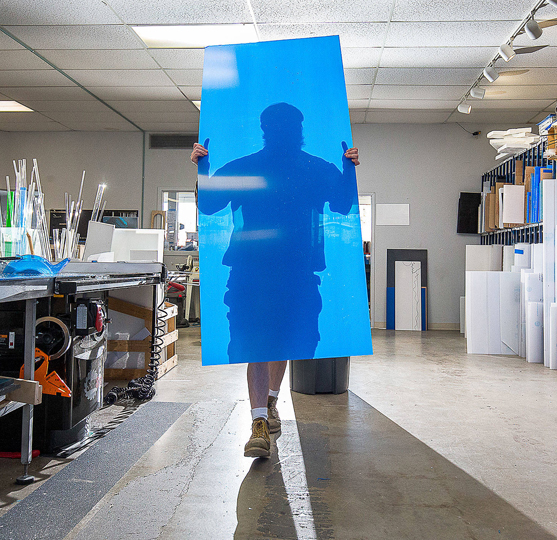
Acrylic, sometimes mentioned as Plexiglas or Perspex, is increasingly utilized in architecture due to its strength and adaptability. Acrylic’s lightweight, impact resilience and light-transmitting capabilities appeal to architects. This material features a contemporary appearance and works well for a variety of architectural uses.
Acrylic has become increasingly popular in architectural design in recent years thanks to its versatility in building creative buildings. Due to its transparency, areas are often naturally lit, which lowers the necessity for artificial lighting and increases energy efficiency. Furthermore, because acrylic is weather resistant, it’s going to be used outside for constructions like canopies and facades where it’ll not deteriorate from inclement weather while retaining its clarity.
Acrylic’s use in architecture is predicted to extend for a long time because the sector embraces contemporary design and sustainable methods. Acrylic is a desirable material in modern construction due to its eco-friendliness and capacity to be molded into good shapes and sizes. Architects now have a versatile tool at their disposal to push the boundaries of design and produce visually arresting yet practical constructions because of continual improvements in acrylic technology.
The Advantages of Using Acrylic in Architecture
Acrylic’s remarkable lifespan and resilience make it a well-liked choice in the building. Acrylic materials are well-known for their resilience to impact, UV rays, and severe weather when utilized in construction. Due to their endurance, buildings are bound to retain their structural integrity and visual attractiveness throughout time, which lowers maintenance costs and elongates the building’s lifespan.
Acrylic offers architects an excellent degree of creative possibilities in addition to its durability. This material is definitely molded and formed into several shapes, enabling the creation of elaborate and distinctive architectural details. Due to its transparency and colorability, it is a flexible material that will be wont to create eye-catching designs that suit a spread of architectural tastes and designs.
Acrylic Suppliers UK says that for architects who are worried about how their designs may affect the environment, acrylic is additionally a sustainable and environmentally beneficial option. Because acrylic is recyclable, waste is decreased, and a more environmentally friendly building sector is inspired. Furthermore, the energy-efficient qualities of acrylic, like its capacity to insulate and lessen heat transfer, help to construct more ecologically friendly structures.
Future Trends and Possibilities
Acrylic has had a serious impact on contemporary architectural design, and it’s anticipated that this influence will still shape the sector’s future. The utilization of acrylic panels is a significant trend that’s likely to be around due to its visual appeal and flexibility. Because these panels could also be molded into a spread of shapes, architects are ready to produce original and cutting-edge designs that were previously unattainable with conventional building materials.
Furthermore, more environmentally friendly architectural techniques are becoming possible because of developments in acrylic technology. More environmentally and energy-efficient building designs are now possible because of the event of energy-efficient acrylic materials with better insulating qualities. This pattern is according to the industry’s increased emphasis on sustainable architecture and, therefore, the rising need for environmentally friendly building supplies.
Furthermore, an intriguing prospect for the longer term is the use of acrylic in smart buildings. Architects can design buildings that are dynamic and interactive by using acrylic parts that react to changes in temperature and are lightweight. This trend not only makes buildings more functional but also gives architectural projects a contemporary, creative touch that ushers during a new era.
